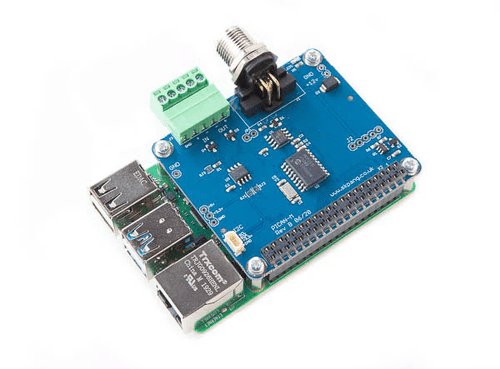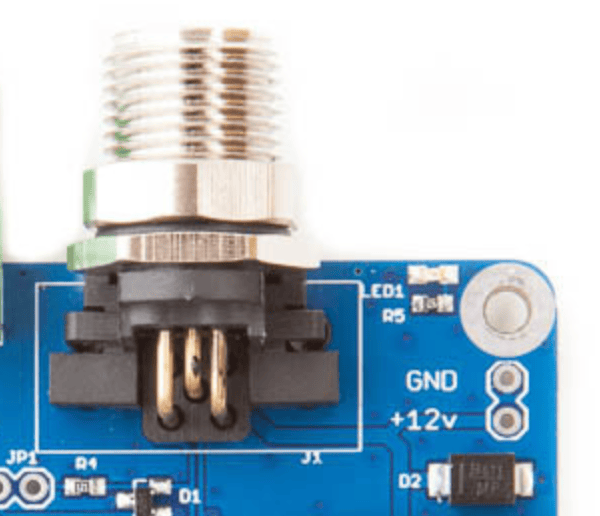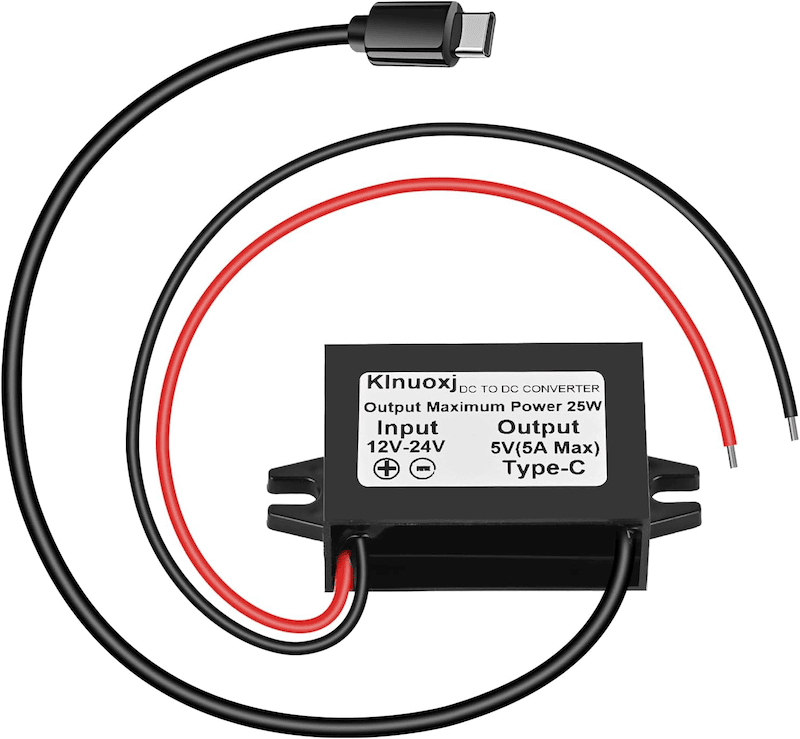Blog
Recent Posts
Why the PiCAN-M with SMPS Cannot Power Raspberry Pi 5 — and the Simple Workaround
Posted by on
 The PiCAN-M HAT from Copperhill Technologies is a specialized interface developed exclusively for marine applications and specifically targets NMEA 2000 networks. NMEA 2000 is the standard backbone for modern marine electronics, used to interconnect engines, chart plotters, sensors, and onboard monitoring systems. In its standard version without SMPS, the PiCAN-M HAT is powered directly from the Raspberry Pi and is intended for installations where the Raspberry Pi already receives stable power from the vessel’s electrical system. This configuration emphasizes reliable NMEA 2000 communication and electrical robustness, making it well suited for marine development, diagnostics, and fixed installations with controlled power distribution.
The PiCAN-M HAT from Copperhill Technologies is a specialized interface developed exclusively for marine applications and specifically targets NMEA 2000 networks. NMEA 2000 is the standard backbone for modern marine electronics, used to interconnect engines, chart plotters, sensors, and onboard monitoring systems. In its standard version without SMPS, the PiCAN-M HAT is powered directly from the Raspberry Pi and is intended for installations where the Raspberry Pi already receives stable power from the vessel’s electrical system. This configuration emphasizes reliable NMEA 2000 communication and electrical robustness, making it well suited for marine development, diagnostics, and fixed installations with controlled power distribution.
The PiCAN-M HAT variant with integrated SMPS is designed for marine environments where a higher-voltage onboard supply, typically 12 V or 24 V, is readily available. The onboard switched-mode power supply converts this voltage to a regulated 5 V rail for the Raspberry Pi, reducing wiring complexity and eliminating the need for an external DC-DC converter. This approach is particularly useful in compact marine enclosures and retrofit projects. As marine electronics and Raspberry Pi models evolve, overall system power requirements should be evaluated carefully to ensure stable operation, especially when higher-performance Raspberry Pi boards are used alongside NMEA 2000 networks.
However, a limitation arises when using the SMPS version of the PiCAN-M HAT with a Raspberry Pi 5. The onboard SMPS (switched-mode power supply) is rated for a maximum output current of 3 A, whereas the Raspberry Pi 5 is designed to draw up to 5 A under load. As a result, powering a Raspberry Pi 5 directly from the PiCAN-M SMPS can lead to undervoltage conditions and unstable operation. To address this, we have developed a reliable workaround that uses an external DC/DC converter to meet the higher current demands while still retaining full NMEA 2000 functionality.
For more information, see also our post Testing PICAN CAN Bus HATs with the Raspberry Pi 5...
Please note that the workaround described below is a conceptual solution at this stage. It is being shared in response to customer requests and has not yet undergone full validation or extended testing. Additional verification and refinements will follow. Until then, implementing this approach is done at your own risk.
The PiCAN-M board—whether equipped with SMPS or not—includes a dedicated power section that allows you to access or supply 12 VDC, as illustrated here:

This connection point can be used to feed the 12–24 VDC input of an external DC/DC converter, as shown in the following image.
The selected converter provides a regulated 5 V output via a USB-C connector, which plugs directly into the Raspberry Pi 5 and supplies the required current independently of the PiCAN-M’s onboard power circuitry.
This approach allows the PiCAN-M to remain focused on NMEA 2000 communication while the Raspberry Pi 5 is powered by a converter sized appropriately for its higher current demands. For ordering information and detailed technical specifications of the recommended DC/DC converter, please refer to DC 12V/24V to 5V USB C Step Down Converter.
How to Wire NMEA 2000 with the PICAN-M Raspberry Pi HAT and Power It Using the Onboard SMPS
The PICAN-M is a marine-grade Raspberry Pi HAT that brings both NMEA 0183 and NMEA 2000 connectivity to your Pi, with the added convenience of an onboard 3 A SMPS (Switch-Mode Power Supply) for powering the Pi itself. This makes it ideal for embedded marine systems using platforms like OpenPlotter or Signal K. In this [...]
Exploring Copperhill Technologies' NMEA 2000 PICAN-M HATs for Raspberry Pi
Copperhill Technologies has established itself as a prominent supplier of embedded systems and hardware solutions for applications in industrial, automotive, and maritime domains. Among its innovative offerings is the NMEA 2000 PICAN-M HAT, a Hardware Attached on Top (HAT) module designed specifically for the Raspberry Pi platform. This HAT is tailored to support NMEA 2000 [...]
Programmable Maritime Application System Based on Raspberry Pi Supports NMEA 2000 Functionality
NMEA 2000 is a marine networking standard created and administered by the National Marine Electronics Association (NMEA). The NMEA is an association of marine electronics manufacturers, dealers, and technicians. The NMEA 2000 standard describes a low-cost, moderate capacity, bi-directional, multi-transmitter, multi-receiver instrument network. Typical data on a network using this standard include: Position latitude and longitude. GPS status. Steering [...]
NMEA 2000 Powered Computer System With Raspberry Pi 4, NMEA 2000 HAT, Pre-Installed OpenPlotter And Signal K
Copperhill Technologies offers various NMEA 2000 compatible embedded systems, including HATs for the Raspberry Pi and the Arduino-compatible line of Teensy modules. The NMEA 2000 standard defines a low-cost, modest capacity, bi-directional, multi-transmitter, multi-receiver instrument network. The hardware layer utilizes the CAN (Controller Area Network) technology. Typical data on an NMEA 2000 network include: Position latitude and longitude GPS [...]
 Loading... Please wait...
Loading... Please wait...

